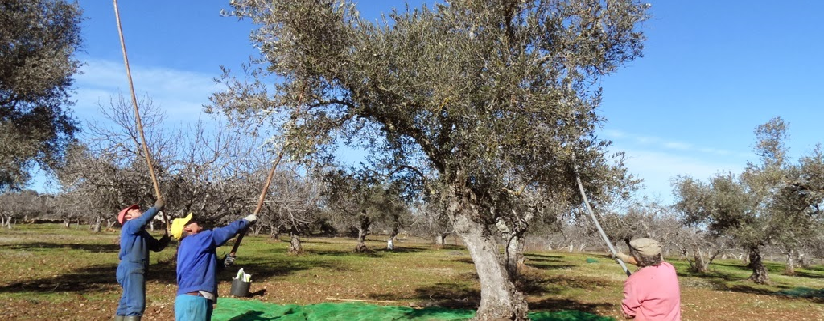Olive oil harvesting is delayed due to lack of ripening of the fruit
During its last meeting, held in December at the Ministry of Agriculture, Fisheries, Food and Environment, the Sectorial Table of Olive Oil and Table Olive, noted the delay in the beginning of the collection of the Olive oil, due to the delay in ripening of the fruit, motivated by climatological factors.
Likewise, the beginning of the marketing year was analyzed, with data on 31 October, which is characterized by a good performance of the product.
October’s olive production has slightly exceeded 9,000 tonnes, a smaller amount than in previous seasons, as the delay in ripening of the fruit has delayed the beginning of the harvest
In any case, in October the quantities produced are usually insignificant. On the other hand, it has been verified a good level of commercialization of olive oil, especially in the export channel.
The outlets have been located in the first month of the campaign at 72,000 t, an increase of 53% over the same month last year and 6% compared to the average
According to forecasts by the International Olive Oil Council, a reduction in the resources available worldwide is estimated at 6% over the previous year. In this context, quoted prices in the main markets have been at levels higher than those recorded in recent years at this time.
In the case of table olives, there is a 15% decrease in production compared to the previous season in the first two months of collection, although a longer harvesting period is expected due to climatic conditions.
Olive Market
The oil production of this first month of campaign has amounted to 9,300 tons. This figure represents 59% less than that obtained in the previous campaign and 46% lower than the average of the last four
The ground olive has reached 67,944 tons, with an average yield of 13.30%, 1.33 points below that of last season on the same dates.
Imports, with provisional data for the month of October are estimated at 8,400 tonnes.
Exports, with data still tentative for October, are estimated at 72,000 tonnes, up 53% on the previous season and 6% on the average for the last four seasons.
The apparent domestic market has reached 33,800 tonnes, an 8% increase compared to last season and decreases by 11% compared to the average of the previous four marketing years.
The total commercialization of olive oil amounts to 105,800 tonnes, an increase of 35% over the previous season
The total volume of stocks is 242,200 tonnes, which is 29% lower than the average of the previous four years. In the oil mills, 115,900 tonnes are stored, representing a 42% decrease compared to the average of the previous four, in the Patrimonio Comunal Olivarero (FPCO) 4,600 tonnes, while in the bottlers, refineries and operators there are another 121,700 tonnes tons.
Marketing of Table Olives
The 2016/17 table olive season began with stocks at 1 September of 340,480 tonnes, up 16% on those of the previous season.
Production at 31 October was 470,720 tonnes, which is a decrease of 15% compared to last season
In total, 82,250 tonnes have been traded, 54,410 tonnes for export and 27,840 tonnes for the domestic market.
The overall marketing of table olives has decreased by 12% compared to the previous season
Stocks are quantified at 716,120 tonnes, leading to a 4% decline from last season.
Source: MAPAMA









